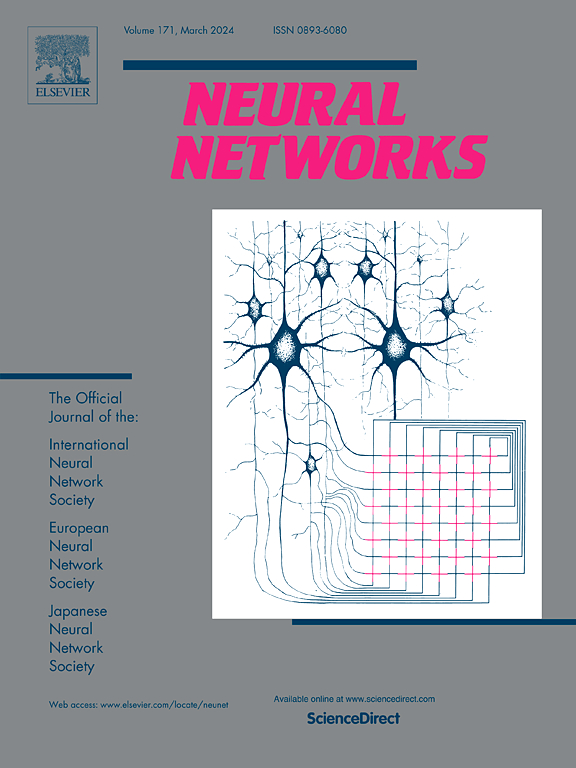时态知识图查询松弛的实体替换策略
IF 6
1区 计算机科学
Q1 COMPUTER SCIENCE, ARTIFICIAL INTELLIGENCE
引用次数: 0
摘要
时间知识图(TKG)查询通过处理涉及时间约束的问题来检索候选答案列表,这被视为时间知识图领域中的关键下游任务。现有方法主要关注非空结果的TKG查询,而忽略了对返回空结果的TKG查询的考虑。因此,仍然存在增强查询灵活性的潜力。本文提出了一种基于实体替换策略的时间知识图查询松弛(ER-TQR)的实体替换策略,这是一种针对空结果的TKG查询的灵活松弛方法。ER-TQR与现有的查询松弛技术不同,它用语义上和时间上一致的候选对象替换不兼容的实体,最大限度地减少了原始查询的失真。对于查询嵌入,我们利用了一种基于双向编码器表示(BERT)模型的嵌入方法,显著提高了语义表示能力。同时,我们使用双向门控循环单元(Bi-GRU)模型来评估每个实体出现错误的机会,并决定是否需要替换它。为了保持查询的初衷,我们基于相似度计算替换实体,生成宽松的查询结果。实验结果表明,在不同的数据集上,我们的方法在5个指标中的4个指标上优于现有的查询松弛方法。本文章由计算机程序翻译,如有差异,请以英文原文为准。
Entity replacement strategy for temporal knowledge graph query relaxation
The temporal knowledge graph (TKG) query enables the retrieval of candidate answer lists by addressing questions that involve temporal constraints, regarded as a crucial downstream task in the realm of the temporal knowledge graph. Existing methods primarily focus on the TKG queries of non-empty results, while neglecting the consideration of TKG queries that return empty results. Therefore, there is still potential for enhancing the flexibility of queries. In this paper, we propose an Entity Replacement strategy for Temporal knowledge graph Query Relaxation (ER-TQR), a flexible relaxation method for TKG queries targeting empty results based on an entity replacement strategy. ER-TQR distinguishes itself from existing query relaxation techniques replacing incompatible entities with semantically and temporally aligned candidates, minimizing distortion of original queries. For the query embedding, we leverage an embedding method based on the Bidirectional Encoder Representations from Transformers (BERT) model, which significantly improves the semantic representation ability. Concurrently, we use the Bidirectional Gated Recurrent Unit (Bi-GRU) model to assess the chance of each entity appearing with errors and decide if it needs to be replaced. To uphold the original intent of the query, we replace the entities based on similarity calculation and generate relaxed query results. The experimental results show that our method outperforms existing query relaxation methods in 4 out of 5 metrics on different datasets.
求助全文
通过发布文献求助,成功后即可免费获取论文全文。
去求助
来源期刊

Neural Networks
工程技术-计算机:人工智能
CiteScore
13.90
自引率
7.70%
发文量
425
审稿时长
67 days
期刊介绍:
Neural Networks is a platform that aims to foster an international community of scholars and practitioners interested in neural networks, deep learning, and other approaches to artificial intelligence and machine learning. Our journal invites submissions covering various aspects of neural networks research, from computational neuroscience and cognitive modeling to mathematical analyses and engineering applications. By providing a forum for interdisciplinary discussions between biology and technology, we aim to encourage the development of biologically-inspired artificial intelligence.
 求助内容:
求助内容: 应助结果提醒方式:
应助结果提醒方式:


